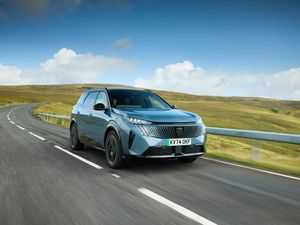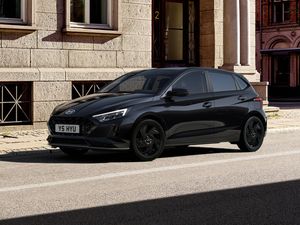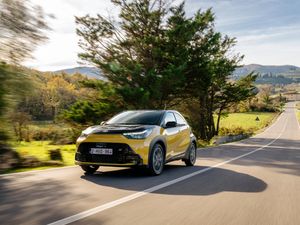The best used city cars
The A-segment class is almost non-existent, and that’s because of EVs and SUVs making them not profitable enough to produce for car makers.
Are you bored of SUVs or larger-than-life crossovers? Well, the new car market once was brimmed with cheap, affordable and interesting vehicles that came from the smallest category – the A-segment city car.
However, there are only three little cars on the new vehicle market – the Fiat 500, Hyundai i10 and Kia Picanto. The rest have been culled from the current range of new cars due to an increase in demand for larger, more spacious vehicles.
City cars are fun, frugal and above all else, cheap to maintain. They’re also handy around town or useful for those drivers who are pushed for space.
If you don’t want to spend up to £50,000 on a brand-new electric car or SUV, why not look on the used market for a city car that doesn’t cost the earth to buy and run?
We’ve compiled a list of the best-used city cars that are no longer on sale.
Volkswagen Up!

Launched in 2012 as the successor to the Brazilian-built Fox, the Up! was created in conjunction with the Seat Mii and Skoda Citigo.
Powering the car is a 1.0-litre three-cylinder naturally aspirated petrol engine, or there was a turbocharged variant when the car was facelifted in 2016 which can be had with a number of different power guises. There is even a flagship GTi model for keen driving enthusiasts – which comes fitted with a turbocharged 1.0-litre unit that develops 110bhp.
Available with three or five doors, the Up! comes in a great choice of colours and trim levels and to drive, it’s light, nimble and is made particularly amusing by its three-cylinder engines characterful thrum.
Price wise, look to spend around £4,500 for a mid-level Move-Up! model with alloy wheels and three-doors. If you spend a little extra at around £8,000, you can get a facelifted car in Beats! Edition guise which gives you a better audio system and funkier design touches. If you want a GTi, look to boost your budget to around £13,000.
Toyota iQ
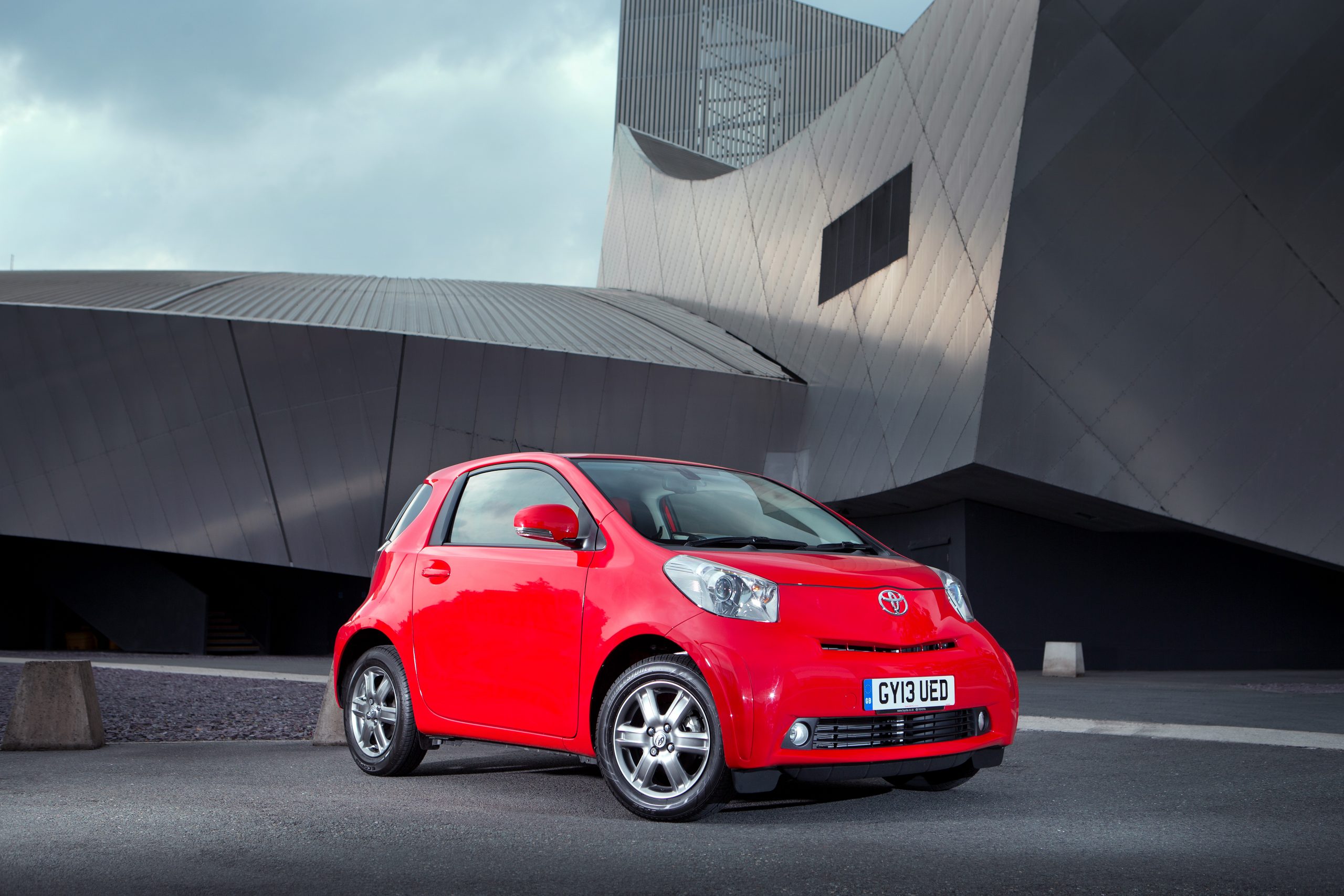
The world’s smallest four-seater car was Toyota’s answer to Smart’s two-seater Fortwo. The iQ was launched in 2009, and this little piece of Japanese ingenuity came with a three plus-one configuration allowing for the front passenger to sit further forward than the driver to allow a rear occupant to sit behind them – while the seat behind the driver was suited for a small child. The rather laughable 32-litre boot space wasn’t really taken seriously; it still represented a four-seater car layout with a boot – hard to believe given that it measures just under three metres long.
The car came equipped with the choice of either a 1.0-litre three-cylinder petrol or a more sophisticated 1.33-litre four-cylinder unit that featured start/stop technology and a six-speed manual gearbox.
You can pick up a used iQ with less than 60,000 miles on the clock for under £3,000 making this city car a real bargain.
Toyota Aygo
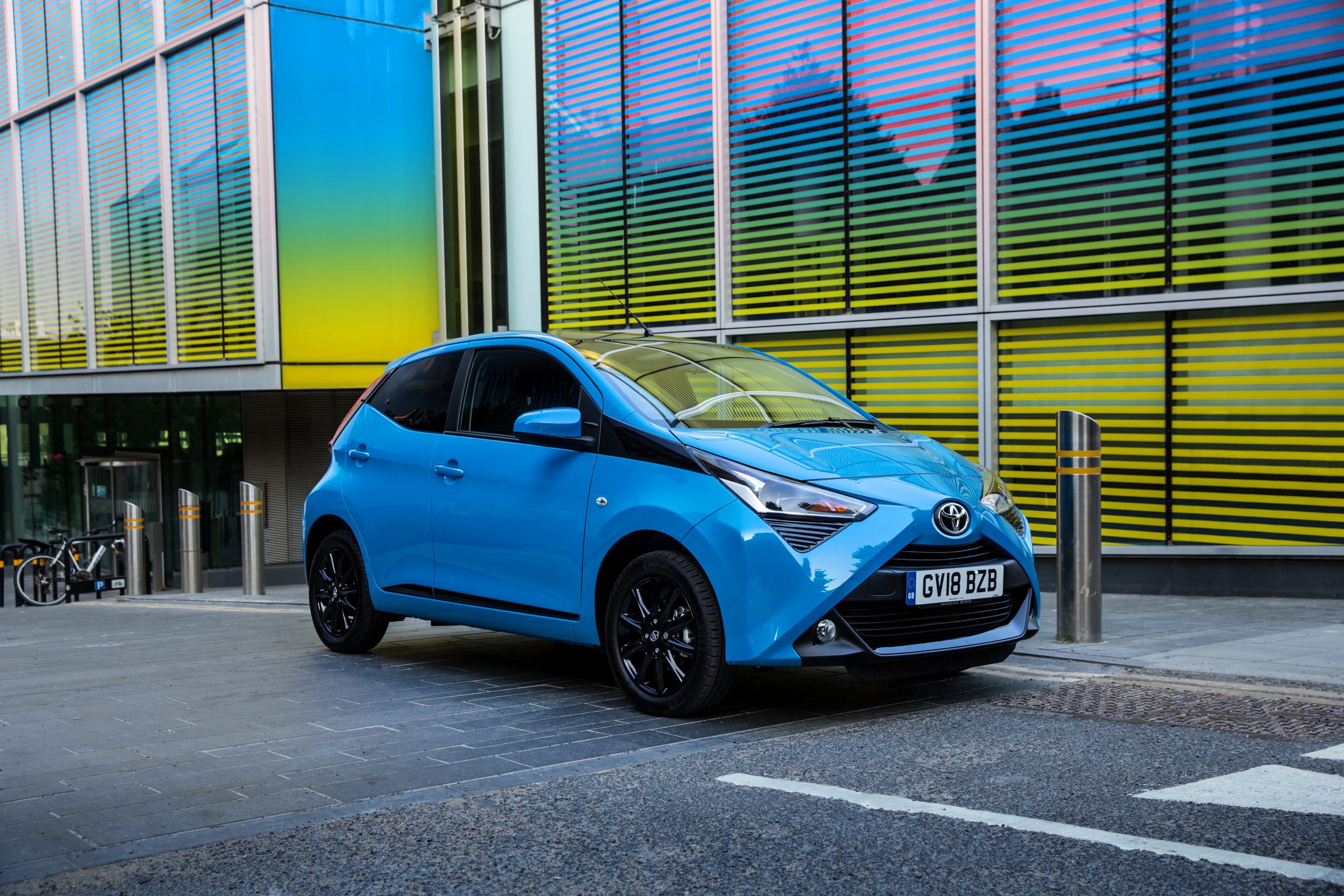
Toyota might still sell the Aygo X, but the second-generation cars were much more affordable and cheaper to maintain.
The Aygo was built in conjunction with Citroen and Peugeot and was seen as the ideal first car due to its ultra-low running costs with its free road tax, 60mpg fuel economy and parts that were easy to source and extremely cheap to buy.
Not only that, it was light, nimble, agile and fun to drive and with many models coming with only bare essentials like air-conditioning and electric front windows there’s a lot less to go wrong than on many modern cars.
You can get into a second-generation Aygo for £5,000 and not only does it look better than the original car, it comes with more equipment and with most of them being under 10 years old, if you have them serviced by Toyota, it will come with a year’s warranty.
Fiat Panda
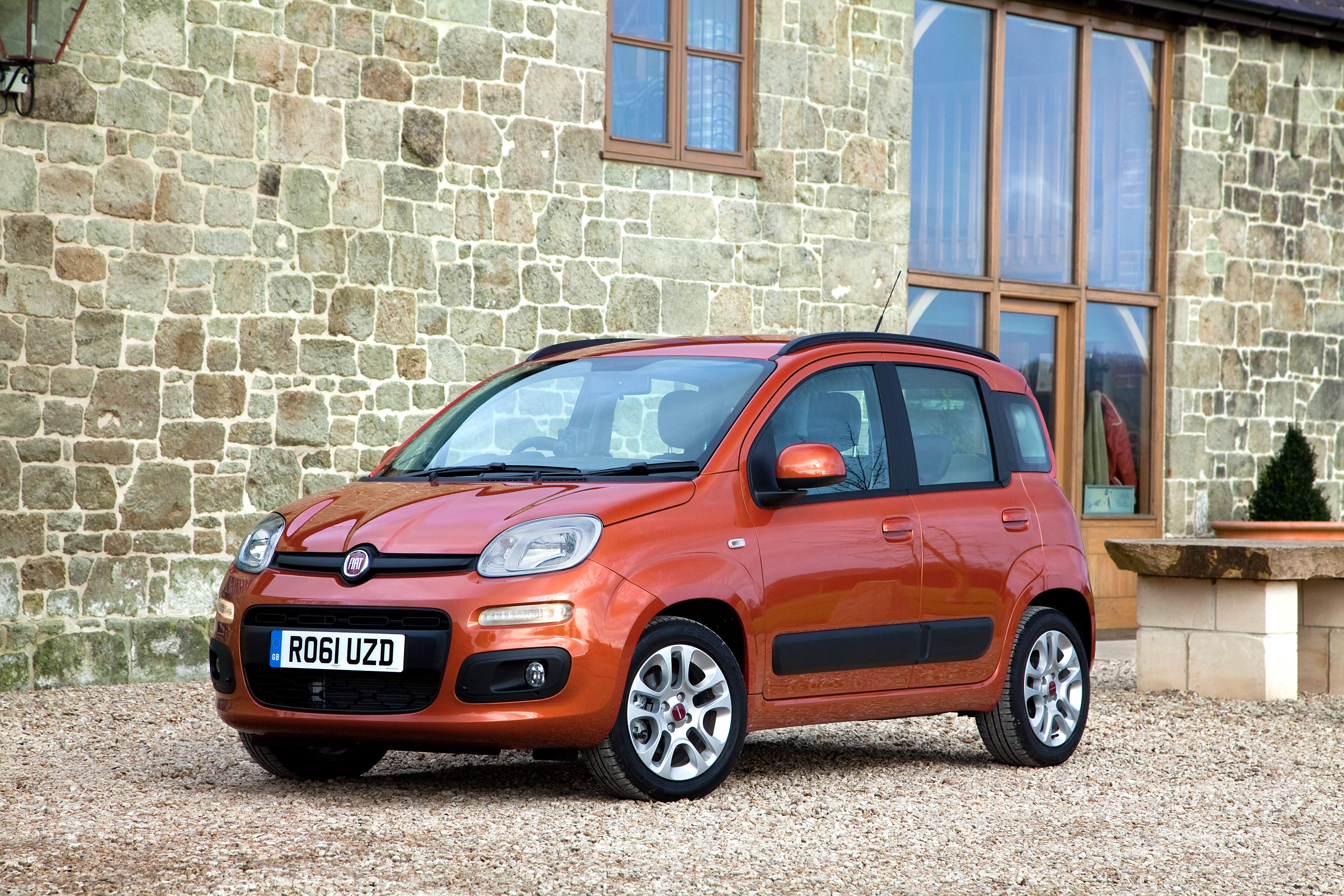
There might be a new Grande Panda coming, but the old Panda is a lot cheaper to buy and gives you the same five-door practicality with taller body proportions to give great interior occupant space.
The Panda comes with a choice of frugal petrol engines and there was even a diesel variant as well. Plus, you sit up a little higher than in other city cars with the gear lever positioned on the dashboard to give a more MPV-like experience. The car also benefits from low maintenance costs and a rather decent boot space to make this little car a rather easy vehicle to live with.
On the used market, the later Panda that was released in 2012 is a better buy than the second-generation car that launched in 2003, with prices starting at around £5,000 for a Lounge model that gives you air conditioning, alloy wheels and Bluetooth.
Honda E
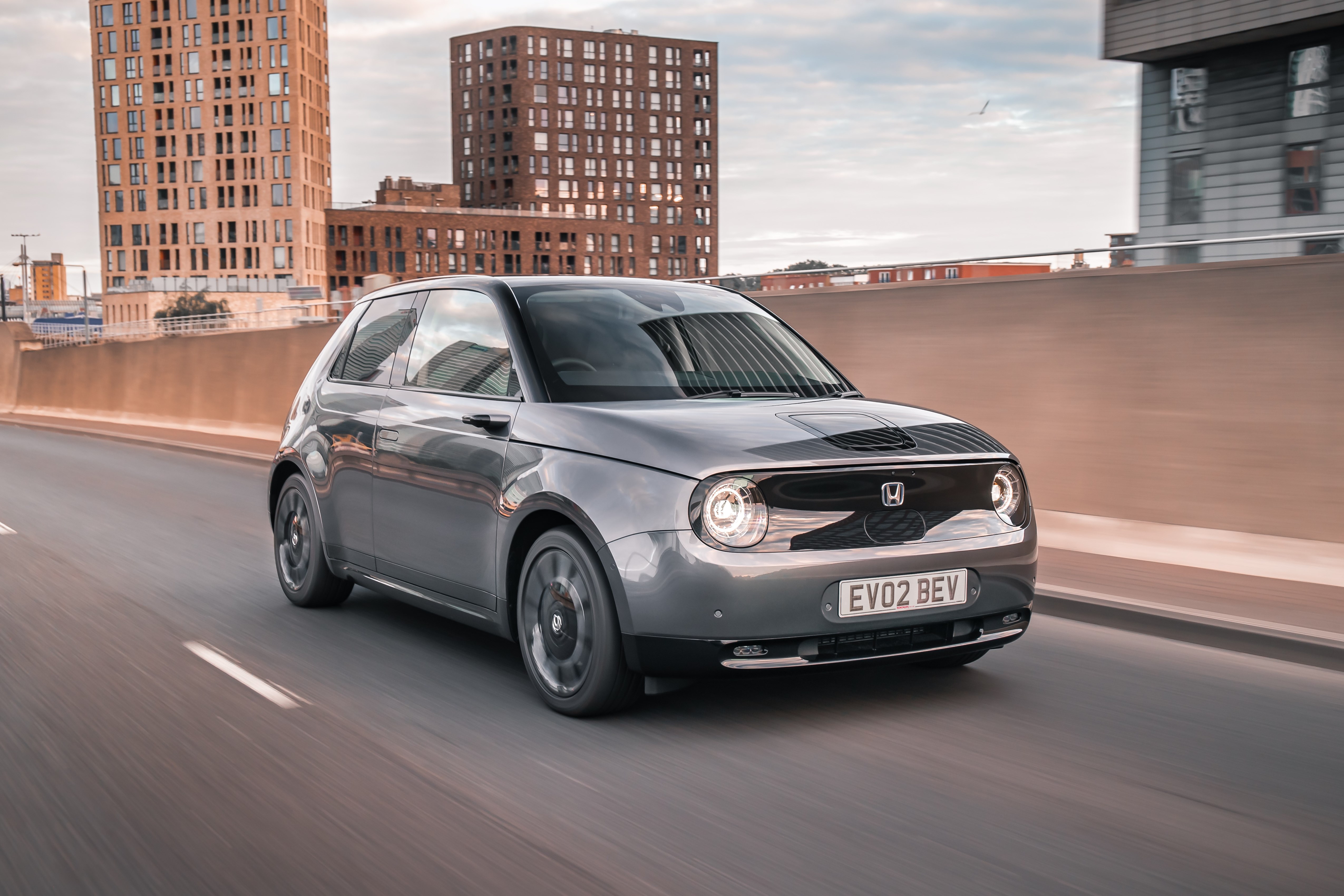
The most expensive car and the only one that is electric on this list is Honda’s cute and quirky E.
Launched in 2020, the E was Honda’s first EV onto British soil and looked like nothing else out on the road. With its camera door mirrors, flush door handles and smoothed front and rear end, the car certainly looked fresh from every angle. The interior was dominated by screens with even an aquarium and the front bench seat allowed for greater space up front for passengers.
Sadly, the car’s standard 35.5kWh battery pack and electric motor meant the car only had a range of 137 miles – meaning that coupled with the rather steep £30,000 the Honda e struggled to take off sales-wise.
But, if you spend most of your life driving in towns and cities and don’t cover lots of miles, the E could make perfect financial sense. For starters, prices have dropped significantly to just £15,000 for a top-of-the-line Advance model with less than 30,000 miles on the clock.

